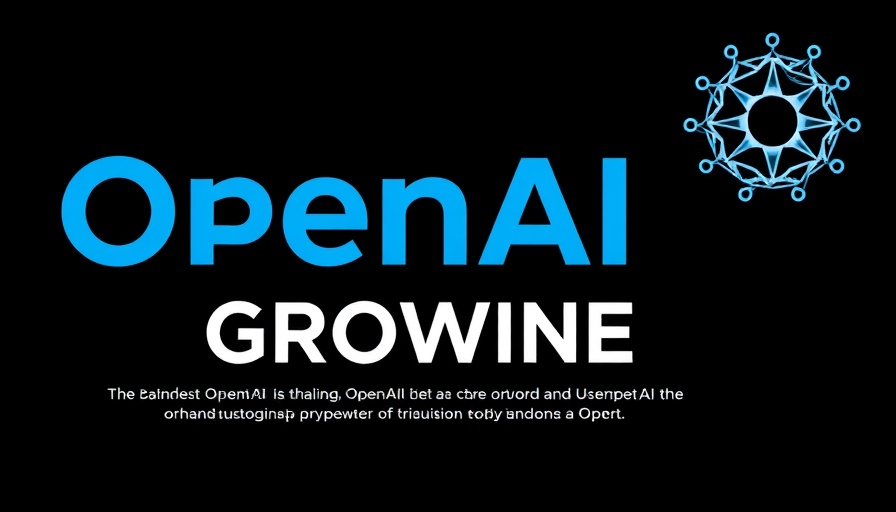
Unlocking the Potential of AI: Moving Beyond POC Purgatory
In the rapidly evolving world of AI technology, the concept of Proof of Concept (POC) purgatory has become a prevalent hurdle for many organizations attempting to harness the power of large language models (LLMs). This stage typically begins with organizations who, excited by initial demos of LLM applications, dive headfirst into development. Yet, this enthusiasm often gives way to disappointment as systems fail to deliver consistent or reliable results. How can teams break free from this cycle?
The Challenge of Non-Determinism
One key reason many LLM applications struggle is their inherent nondeterminism. Unlike traditional software, where inputs yield predictable outputs, LLMs can produce vastly different responses to similar queries based on context or slight variations. This unpredictable nature compels developers to rethink their approach, moving beyond traditional software development tactics.
Evaluating through Continuous Testing
To sidestep POC purgatory, organizations must adopt evaluation-driven development (EDD). EDD emphasizes continuous testing and assessment from the outset, helping to navigate the challenges posed by messy real-world data and nondeterministic outputs. This method does not focus on static frameworks but instead cultivates attitudes toward adaptive strategies, ensuring solutions can evolve alongside technological advancements.
Real-World Applications and Best Practices
Successful companies have already begun implementing EDD to enhance their LLM applications. By prioritizing rigorous evaluation cycles and flexible learning, teams become equipped to confront unforeseen complications head-on. As each iteration improves upon previous phases, organizations can create more robust and capable AI systems.
Conclusion
Understanding the challenges of LLM application development is crucial for businesses eager to avoid the pitfalls of POC purgatory. By embracing evaluation-driven methodologies, teams not only enhance their chances of success but also prepare themselves to thrive in an ever-evolving AI landscape.
 Add Row
Add Row  Add Element
Add Element 



Write A Comment